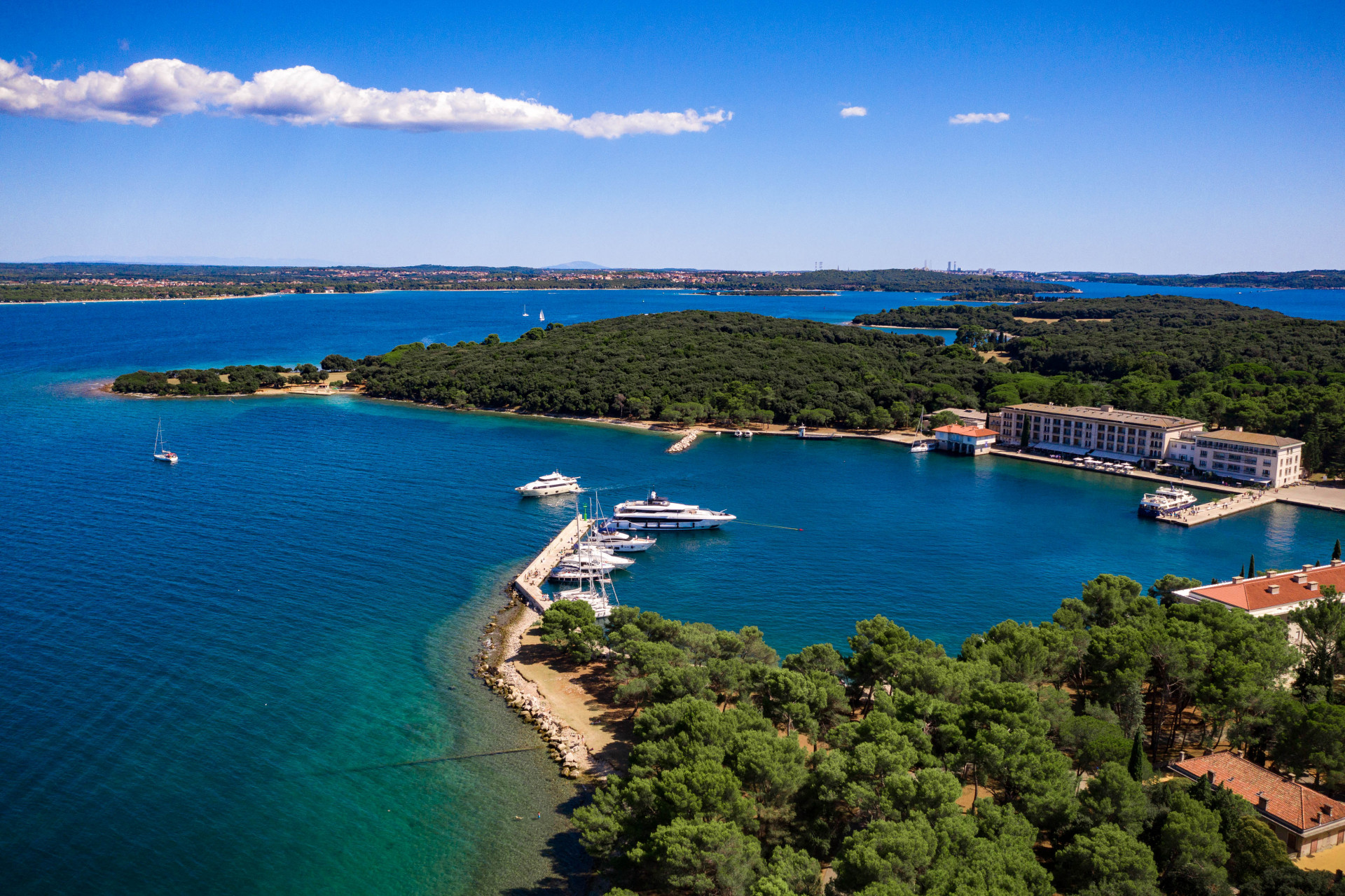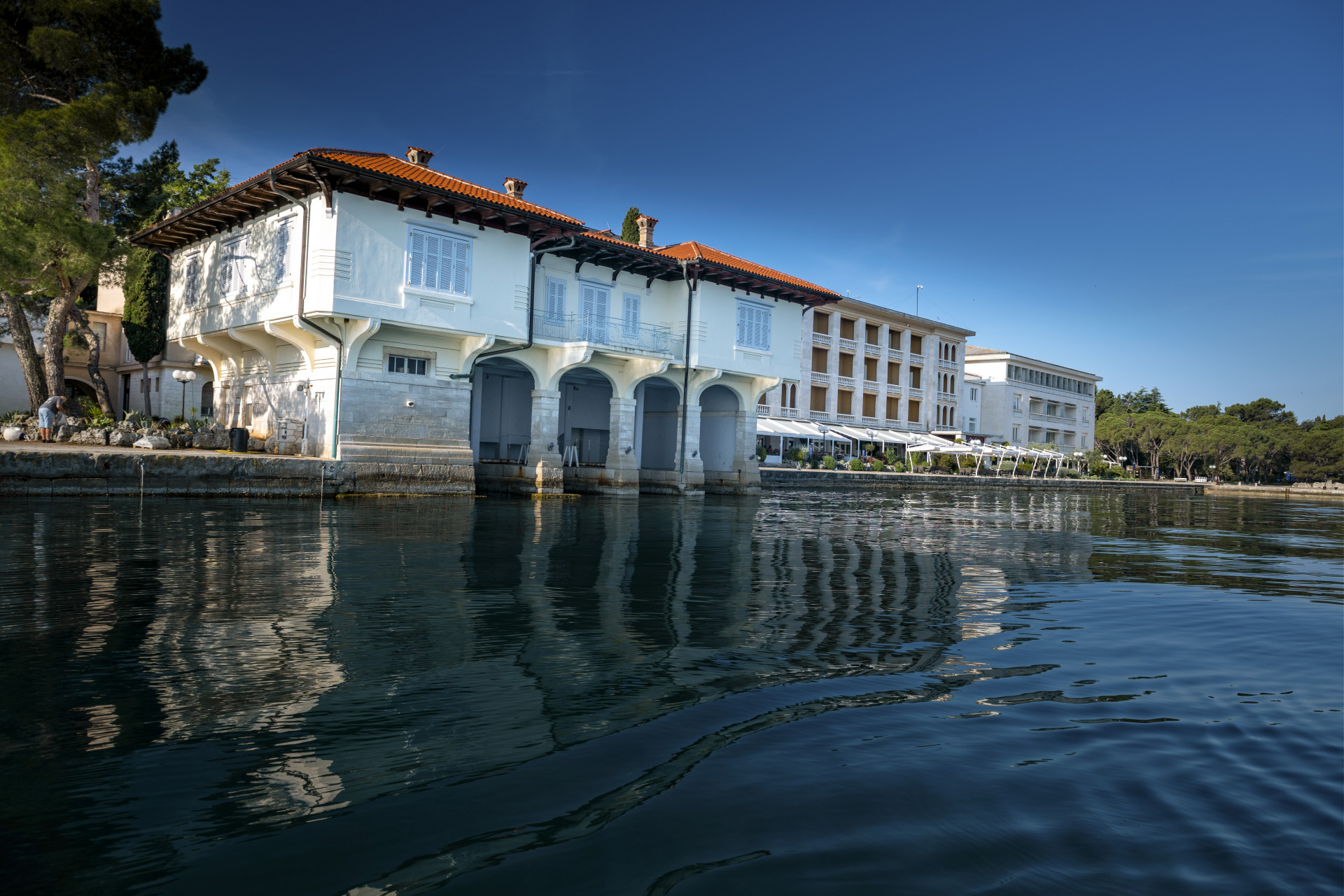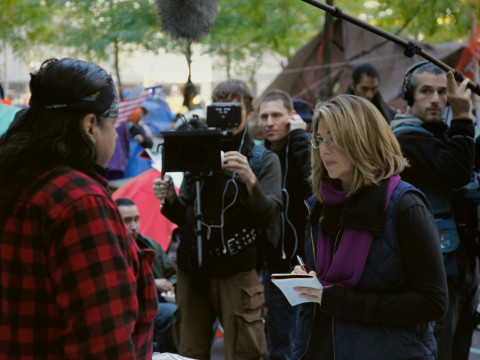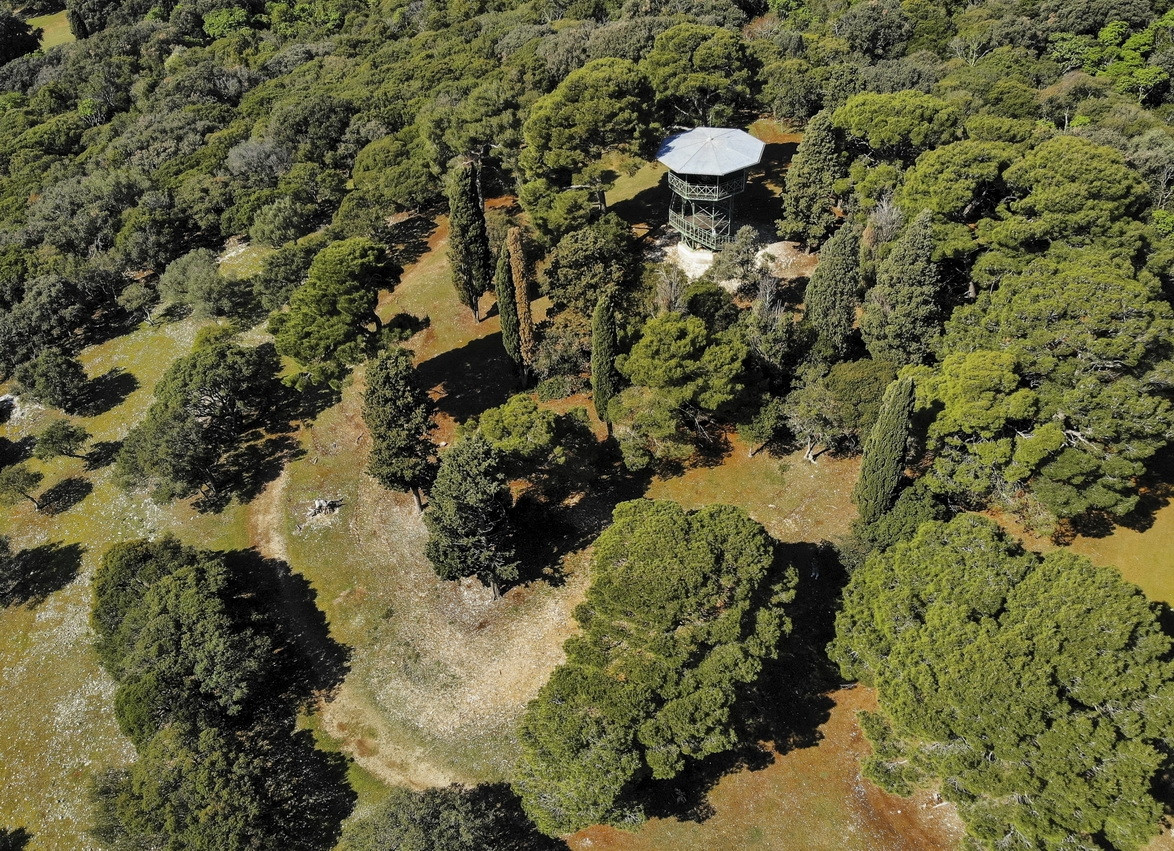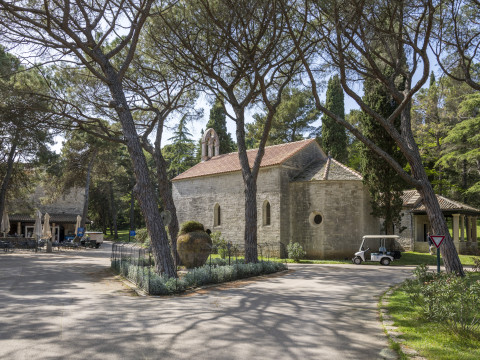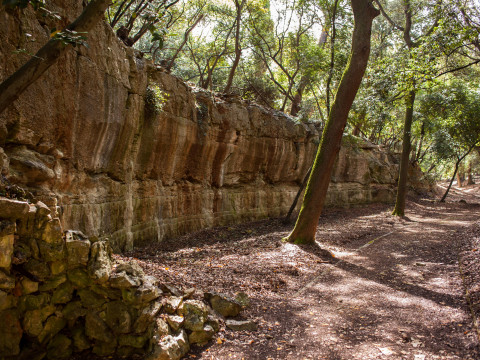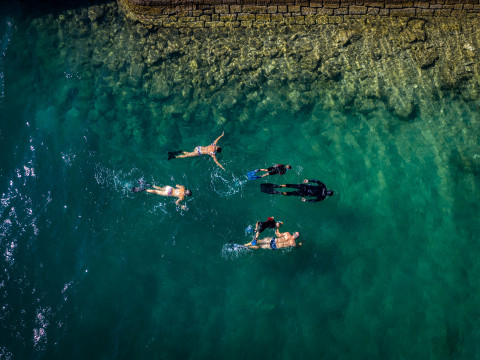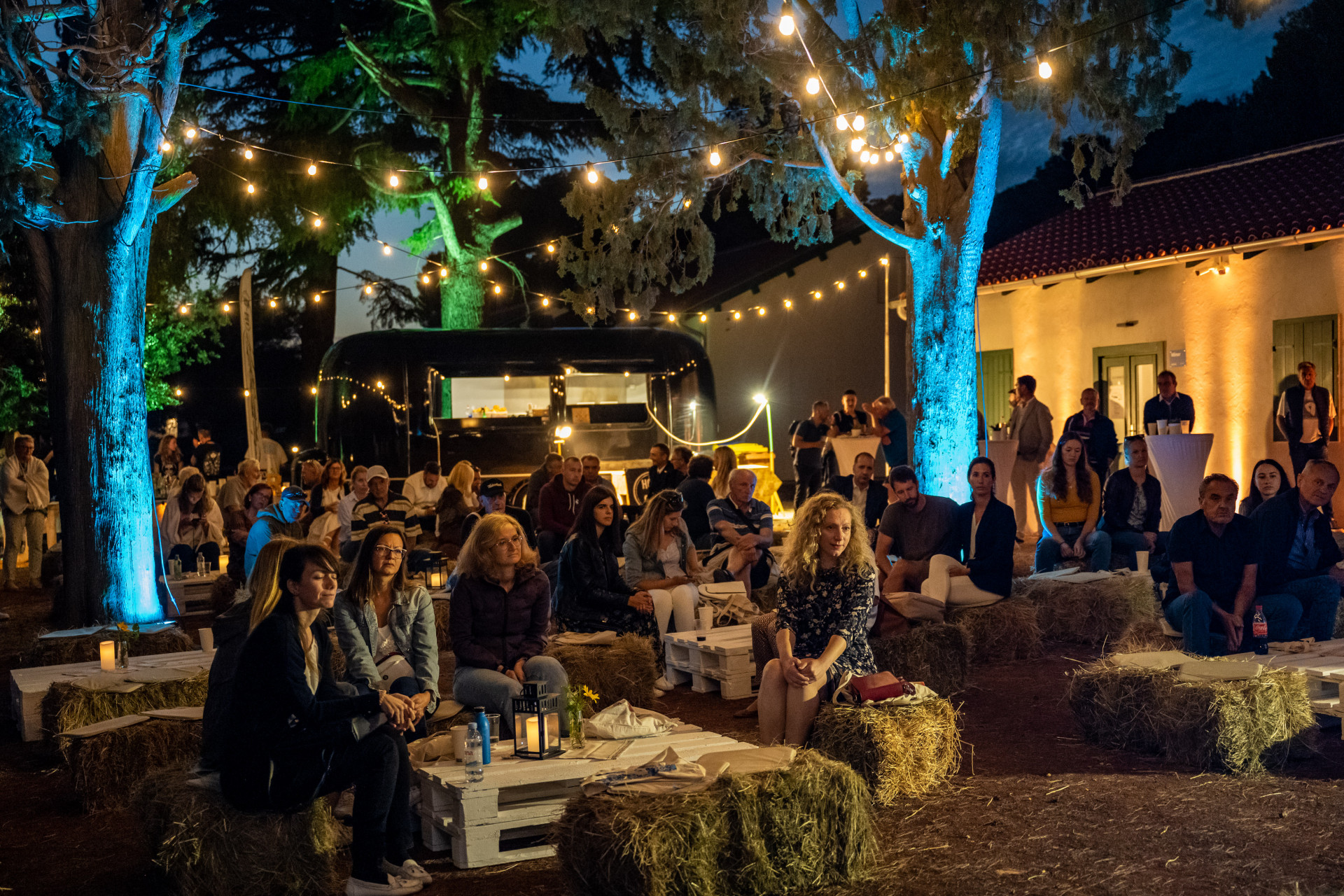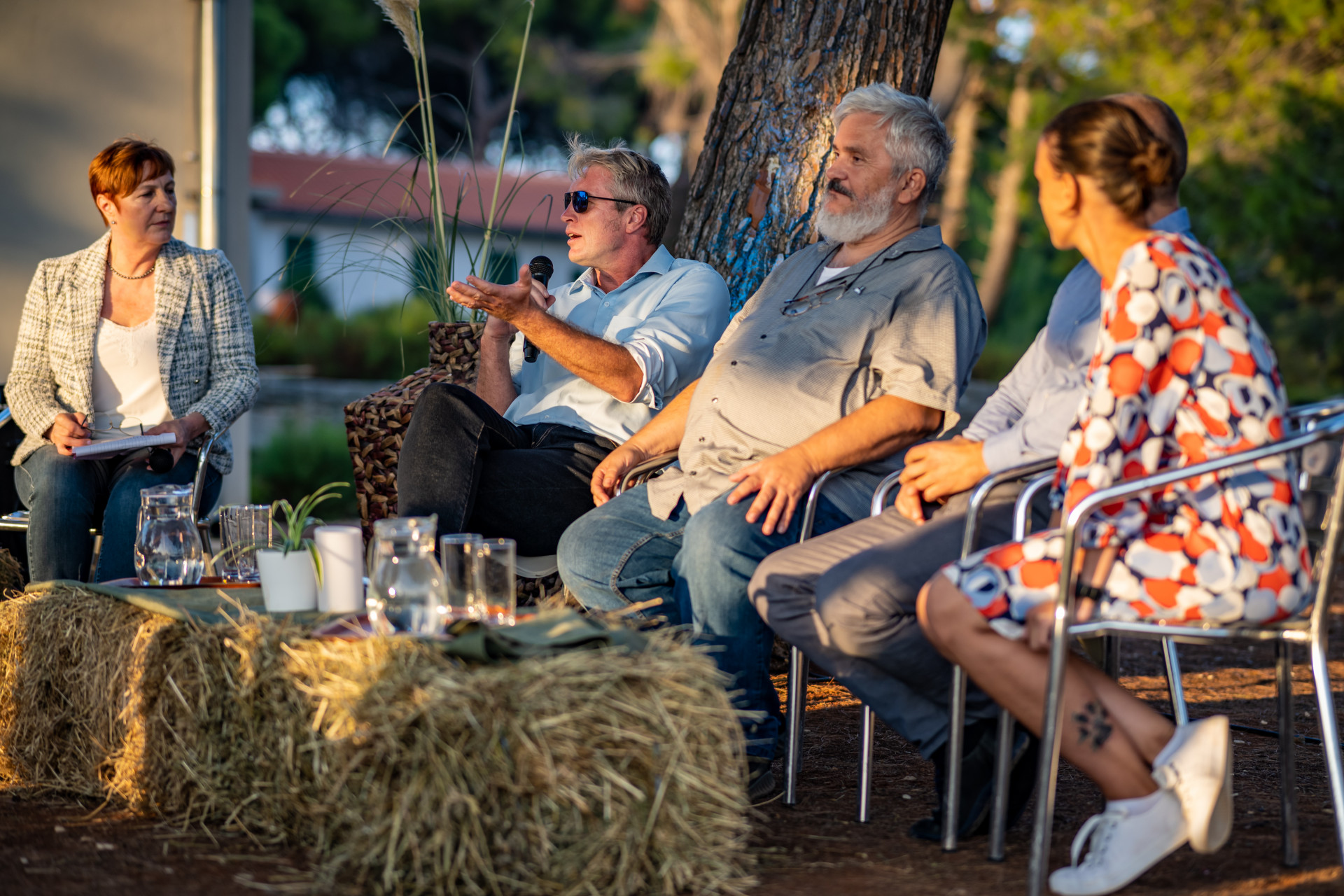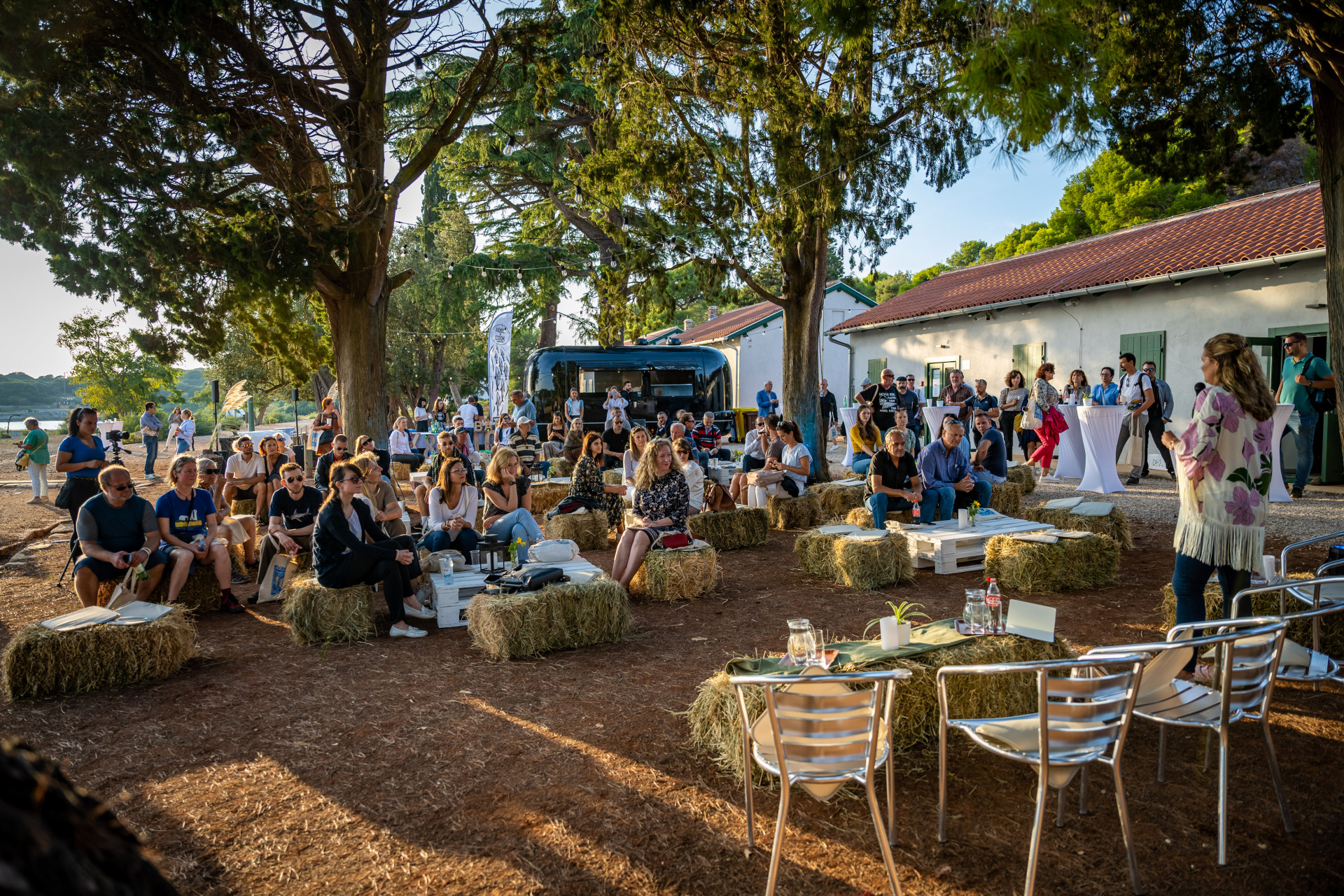The year 2023 marks a big and important anniversary of the Brijuni National Park – its 40th anniversary. The Brijuni Islands were declared a National Park on 1 November 1983. The first excursionists came to the islands in the spring of 1984. Nowadays, the Brijuni Islands are visited by around 200,000 visitors per year.
Before the islands were declared a national park, there were both periods of prosperity and wealth and times of disease and poverty. Around 120 million years ago, dinosaurs roamed Brijuni, and the first people arrived to the islands in the Neolithic era. The arrival of the first inhabitants to the island of Veliki Brijun marked the beginning of the creation of the Brijuni archipelago.
From the rich Roman era to times of great poverty and disease in the period of stone exploitation and malaria, Brijuni certainly went through many ups and downs.
Recent history of the Park began in 1893 with the arrival of a great visionary, Austrian industrialist Paul Kupelwieser Brijuni, who bought Brijuni. Kupelwieser’s presence on the Brijuni Islands led to some amazing developments – the islands were freed from malaria, stone from the quarry was removed from the grasslands, macchia was grubbed up, afforestation took place, a port was built (but it was only possible to sail into it during high tide), and so were villas, luxury hotels, and swimming pools with heated sea water, as well as an equestrian site and a tennis court, the first zoo was opened, etc.
 Parks of Croatia
Parks of Croatia
 EU projects
EU projects English
English
